Introduction to Ultrasound for Back Pain
Ultrasound therapy is a popular, non-invasive treatment for managing back pain. By using sound waves to reach deep into muscles and tissues, this therapy helps reduce pain and promote healing. It's often used by physical therapists to treat various conditions, including muscle strains and chronic pain. With regular sessions, ultrasound for back pain can improve mobility and reduce discomfort, making it an effective option for those looking for relief naturally.
What is Ultrasound Therapy?
Ultrasound for back pain is a therapy treatment that uses high-frequency sound waves to target specific areas of the body. These sound waves create gentle vibrations in the tissues, helping to increase blood flow and reduce inflammation.
Physical therapists commonly use this therapy to relieve pain, speed up healing, and improve tissue flexibility. It’s a safe, painless method that can be an important part of a broader pain management plan.
The Science Behind Ultrasound Waves
Ultrasound waves are sound waves with frequencies higher than what the human ear can detect. With ultrasound treatment for back pain, these waves pass through the skin and create small vibrations in the tissues underneath.
These vibrations generate heat, which increases blood flow and reduces inflammation and stiffness in the muscles and joints. The sound waves also stimulate cellular activity, helping to repair damaged tissues more quickly and effectively.
How Ultrasound Therapy Promotes Healing in Body Tissues
Ultrasound therapy works by sending sound waves deep into the body’s tissues, where they create small, rapid vibrations. These vibrations generate heat, which helps relax tight muscles and increase blood circulation.
The improved blood flow delivers more oxygen and nutrients to the affected area, speeding up the healing process..
Types of Ultrasound Therapy
There are two main types of ultrasound therapy: thermal and mechanical. Thermal ultrasound uses continuous sound waves to produce heat in deep tissues, which helps relax muscles and improve blood flow.
Mechanical ultrasound, on the other hand, uses pulsed sound waves that create small pressure changes in the tissues, without generating heat. Both methods are effective for different purposes, and your therapist will choose the one that best fits your needs.
Benefits of Ultrasound for Back Pain
Ultrasound therapy for back pain helps reduce pain, improves mobility, and speeds up the healing process. It targets deep tissues, promotes better blood flow, and reduces inflammation.
Whether you’re dealing with an injury or chronic pain, ultrasound therapy can make a real difference in how you feel and move, making it a go-to option for many people seeking relief.
Targeted Pain Relief
Ultrasound for back pain therapy delivers sound waves directly to the source of your back pain, offering targeted relief. This focused approach means the therapy works exactly where you need it, easing pain in specific muscles or tissues.
By zeroing in on the problem area, ultrasound helps you feel better faster, making it an efficient way to manage and reduce discomfort.
Reducing Muscle Spasms and Tension
Ultrasound therapy is great at relaxing muscles that are tight or in spasm. The heat generated by the sound waves helps to loosen up these tense muscles, making it easier for them to relax.
Accelerating Healing
The sound waves increase blood flow to the affected area, delivering more oxygen and nutrients that help repair damaged tissues. This accelerated healing means you can recover more quickly from injuries or chronic conditions, getting you back to your normal activities sooner with less pain and discomfort.
Enhancing Blood Circulation to the Affected Area
Ultrasound therapy increases blood circulation by using sound waves to create gentle vibrations in the tissues. This increased blood flow brings more oxygen and nutrients to the affected area, which helps in reducing pain and speeding up the healing process.
Better circulation also means that waste products are removed more efficiently, aiding in overall recovery.
Reducing Inflammation with Ultrasound for Back Pain
The sound waves help to decrease swelling by improving blood flow and stimulating the body’s natural healing response. Less inflammation means less pain and stiffness, allowing you to move more comfortably and get back to your daily activities without the nagging discomfort.
Long-Term Benefits of Ultrasound Therapy for Chronic Back Pain
Regular sessions can help manage pain, reduce muscle tension, and prevent flare-ups. Over time, it can improve your overall mobility and quality of life. It can also, over a period of time, strengthen the muscles and bones, which reduces the risk of future injuries.
Combining Ultrasound for Back Pain with Other Therapies for Comprehensive Care
Ultrasound therapy works even better when combined with other treatments. Imagine you’re doing physical therapy exercises to strengthen your back. Adding ultrasound before or after those exercises can help loosen up tight muscles and reduce pain, making it easier to move.
The same goes for manual therapy like massage - using ultrasound alongside it can enhance the effects, giving you a more comprehensive approach to back pain relief.
Ultrasound and Physical Therapy Exercises
Pairing ultrasound treatment for back pain with physical therapy exercises is like getting a double dose of relief. For example, if you’re doing stretches to improve flexibility, using ultrasound first can warm up your muscles, making the stretches easier and more effective.
Or, after a workout aimed at strengthening your core, an ultrasound can help reduce any soreness and speed up recovery. It’s a team effort where both treatments support each other.
Manual Therapy Techniques with Ultrasound for Back Pain
Using ultrasound alongside manual therapy, like massage or joint manipulation, can really boost the benefits. Think about getting a deep tissue massage for back pain; if you start with ultrasound, it helps relax the muscles, so the massage can go deeper and work more effectively.
Or, if your therapist is doing joint mobilisations, ultrasound can help reduce pain and inflammation, making manual therapy more comfortable and effective.
Integrating Ultrasound for Back Pain with Acupuncture and TENS
You can combine ultrasound treatment for back pain with acupuncture or TENS (Transcutaneous Electrical Nerve Stimulation) for more pain relief. Imagine getting acupuncture needles placed to target pain points.
Adding ultrasound after the needles are removed can help calm the muscles and reduce soreness. Similarly, TENS uses small electrical pulses to ease pain.
Using ultrasound before or after TENS can make the skin and muscles more receptive to these pulses, enhancing the pain-relief effects of both treatments.
Combining Ultrasound with Heat and Cold Therapy
Ultrasound for back pain pairs well with heat and cold therapy. Think of using a heating pad to relax your back muscles, followed by ultrasound to keep them loose and help with deeper tissue pain. You could also use ice to reduce swelling, then apply ultrasound to reduce pain and speed up healing.
Combining these therapies makes it easier for your body to recover, as each treatment helps the other work better.
Ultrasound for Back Pain: A Multimodal Approach to Management
Ultrasound therapy can be part of a multimodal approach to back pain by using ultrasound alongside other treatments like exercises, manual therapy, or even acupuncture to tackle pain from different angles.
For example, while ultrasound treatment for back pain reduces pain and improves blood flow, physical therapy exercises strengthen the muscles. Combining these treatments gives you a better chance of managing pain and improving your overall movement and comfort.
Risks of Ultrasound for Back Pain
Ultrasound therapy is usually safe, but there are some risks to consider. It’s important to avoid using it on broken skin, over areas with poor circulation, or near metal implants, as it can cause discomfort or irritation.
Overusing ultrasound or applying it incorrectly might lead to burns or tissue damage. That’s why it’s important to have a trained therapist perform the treatment and follow their advice on how often to use it.
Potential for Exacerbating Underlying Conditions
Ultrasound therapy can sometimes make existing conditions worse. For example, if you have an active infection or inflammation, using ultrasound might increase blood flow and spread the infection. Or if there’s a fracture, the sound waves could irritate the area and delay healing.
That’s why it’s important to tell your therapist about any underlying issues before starting treatment. They’ll decide if ultrasound treatment for back pain is safe for you or if another therapy might be better.
Risk of Overtreatment in Chronic Back Pain with Ultrasound
Using ultrasound for back pain too often or for too long can be counterproductive, especially for chronic back pain. Imagine going through sessions every day—this could lead to tissue fatigue or even minor burns from too much heat.
Just like you wouldn’t over-exercise a sore muscle, you don’t want to overdo ultrasound therapy either. Your therapist will set up a treatment plan with the right balance, so you get the benefits without the risks.
Limited Penetration Depth in Severe Back Pain with Ultrasound
Ultrasound therapy might not work as well for severe back pain that’s deep in the body. The sound waves only reach so far, so if the pain is coming from something like a spinal issue deep inside, ultrasound may not be enough.
For example, pain from a herniated disc might need more intensive treatments, like injections or surgery. Ultrasound treatment for back pain can still help with surface-level pain or muscle tension but isn’t a cure-all for deeper problems.
Allergic Reactions or Sensitivity to Ultrasound Gel
Some people might have allergic reactions to the gel used during ultrasound therapy. The gel helps the sound waves travel through the skin, but if you’re sensitive to it, you could get itchy or develop a rash. It’s like using a new lotion that doesn’t agree with your skin.
If you know you have allergies or sensitive skin, tell your therapist before your session. They might use a different gel or do a patch test first.
What to Expect During an Ultrasound for Back Pain Session
During a back pain ultrasound therapy session, you’ll lie down while the therapist applies a special gel to the painful area. The therapist then moves a small device, called a transducer, over your skin.
You might feel a slight warmth or tingling, but it shouldn’t hurt. The session usually lasts about 10-20 minutes. Afterwards, you might feel some immediate relief or notice improvements after a few sessions. It’s a simple, straightforward process, and you can go back to your normal activities afterwards.
Initial Consultation and Assessment
During your initial consultation, the physical therapist will assess your back pain to see if ultrasound therapy is a good fit. They’ll ask about your symptoms, medical history, and any past treatments you’ve tried.
The therapist might also do some physical tests, like checking your range of motion or muscle strength. This helps them understand what’s causing your pain and how best to treat it. If they think ultrasound will help, they’ll create a personalised treatment plan.
Duration and Frequency of Ultrasound for Back Pain Treatment
Ultrasound therapy sessions usually last between 10 to 20 minutes. The frequency of treatment depends on your specific condition—some people may need it once or twice a week, while others might require more frequent sessions.
For example, acute injuries might need daily sessions for a short period, while chronic conditions could benefit from weekly treatments over several months. Your therapist will adjust the duration and frequency based on how you’re responding.
Regular sessions help maintain progress, but the therapist will monitor to avoid overtreatment and ensure the therapy remains effective.
Post-Treatment Care
After an ultrasound therapy for a back pain session, you might feel some relief right away, but it’s important to follow post-treatment care advice. This could include gentle stretching or avoiding strenuous activities that could aggravate your back.
Staying hydrated helps flush out toxins released during treatment, aiding recovery. If you notice any discomfort or unusual symptoms, let your therapist know. They might adjust your care plan to better suit your needs.
Incorporating Ultrasound for Back Pain into Your Care Plan
Incorporating ultrasound into your care plan means combining it with other treatments for the best results. For example, you might use ultrasound treatment for back pain to reduce pain and stiffness before starting physical therapy exercises.
This combination can make it easier to move and strengthen your back. Or, you could use it alongside manual therapy, like massage, to enhance muscle relaxation.
Working with a Physical Therapist
Working with a physical therapist means you’ll have an expert guiding your treatment every step of the way. They’ll not only perform the ultrasound for back pain sessions but also monitor your progress and adjust your care plan as needed.
For example, if you’re improving quickly, they might reduce the frequency of treatments. If your pain isn’t responding as expected, they can try different techniques or therapies.
Lifestyle Changes to Enhance Results from Ultrasound for Back Pain
Making lifestyle changes can enhance the results of your ultrasound therapy. For example, improving your posture, especially when sitting for long periods, can prevent further strain on your back.
Regular exercise, like swimming or walking, strengthens the muscles supporting your spine, making them less prone to injury. Eating a balanced diet helps maintain a healthy weight, reducing stress on your back.
Even small changes, like taking breaks to stretch during the day, can make a big difference.
At-Home vs. Professional Treatment Options
You can get ultrasound therapy at home with portable devices, but professional treatment offers more precise and effective results. Home devices are convenient for mild pain, but they usually have lower power settings and might not reach deep tissues as effectively as professional machines.
A trained therapist knows exactly how to target the problem area, adjust the intensity, and monitor your response to the treatment. If you’re dealing with chronic or severe back pain, professional treatment is usually the safer and more effective option.
How to Find a Qualified Ultrasound Practitioner for Back Pain Management?
Finding a qualified ultrasound therapy practitioner involves checking their credentials and experience. Look for a licensed physical therapist or a certified technician who specialises in treating back pain.
You can ask for recommendations from your doctor or read reviews online. It’s important to choose someone who has experience with ultrasound therapy, as this ensures they know how to use the equipment safely and effectively.
Don’t hesitate to ask about their training and success rates with other patients. Finding the right practitioner is key to getting the most benefit from your treatment.
Rediscover Comfort and Mobility with Expert Ultrasound Therapy Services for Back Pain at Physiotattva
Rediscover comfort and mobility with expert ultrasound therapy services at Physiotattva. We put your needs at the centre of everything we do, tailoring each session to target your specific pain points and speed up your recovery.
Our skilled therapists work closely with you to ensure effective, personalised care, helping you move freely and live pain-free. Ready to take the next step? Book your appointment today and start your journey to a healthier, more comfortable you.
At Physiotattva physiotherapy clinics in Bangalore and Hyderabad, you receive personalised care tailored to your specific needs, ensuring effective results and comfort throughout your journey to recovery.
Don’t wait to start your recovery! Get in touch with Physiotattva for more details! Contact us at +91 89510 47001.




-Physiotherapy.webp)
-for-Shoulder-Pain-Relief.webp)
-for-Knee-Pain-Relief.webp)

-for-Back-Pain-Relief%20(1).webp)





.webp)











.webp)


.webp)
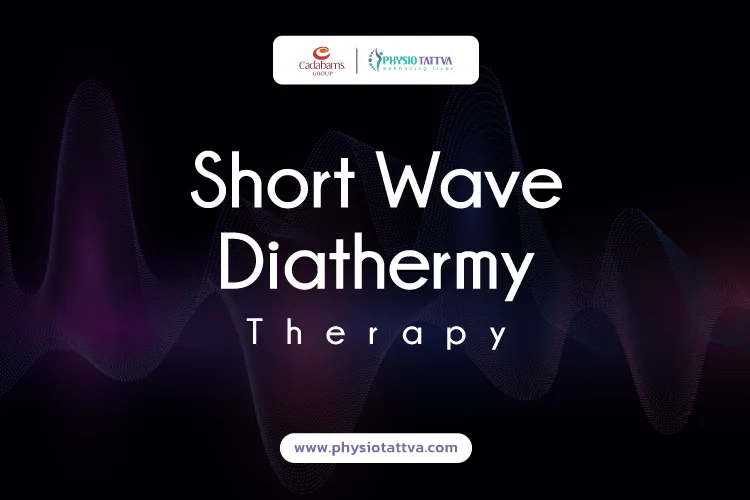
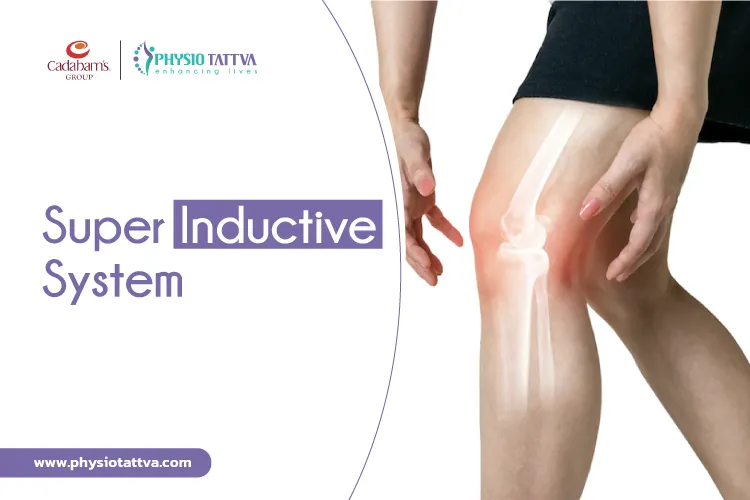



.webp)
.webp)


.webp)
.webp)

.webp)
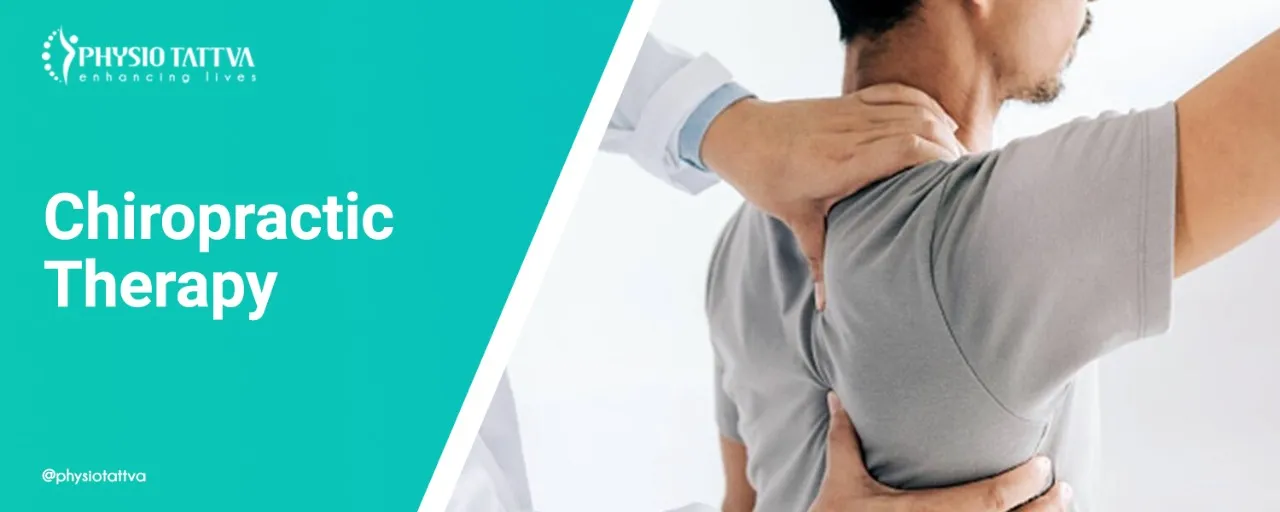
.webp)

.webp)
.webp)
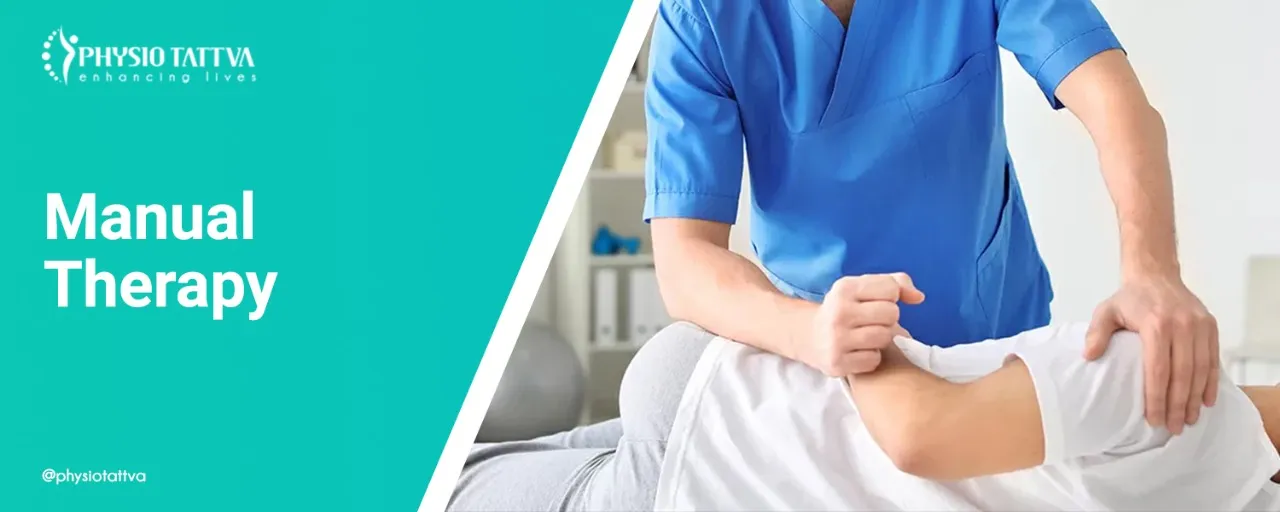
.webp)






.webp)

.jpeg)

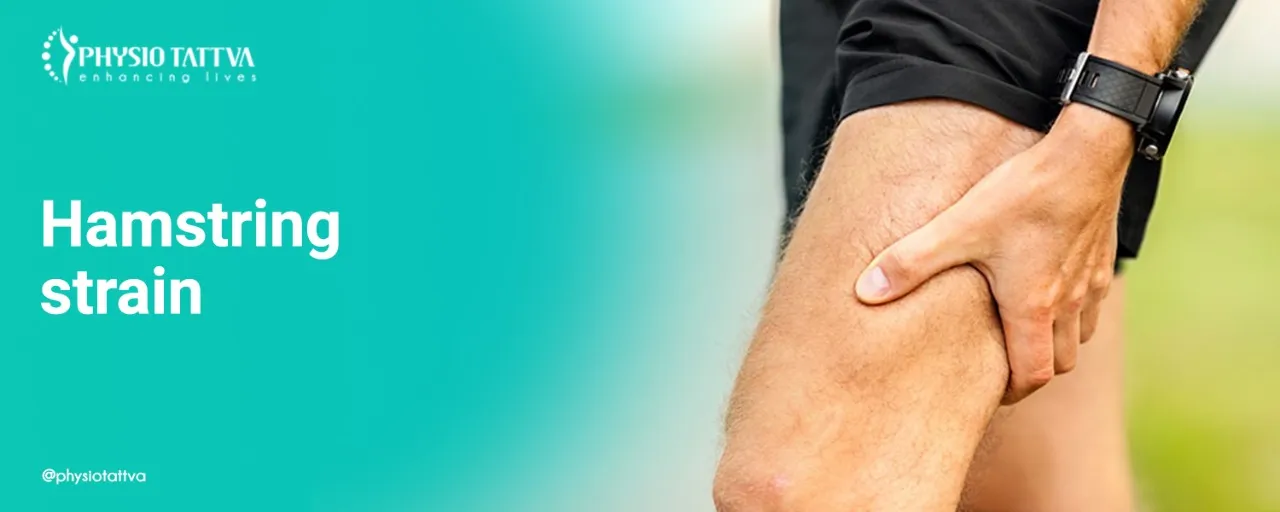

.webp)
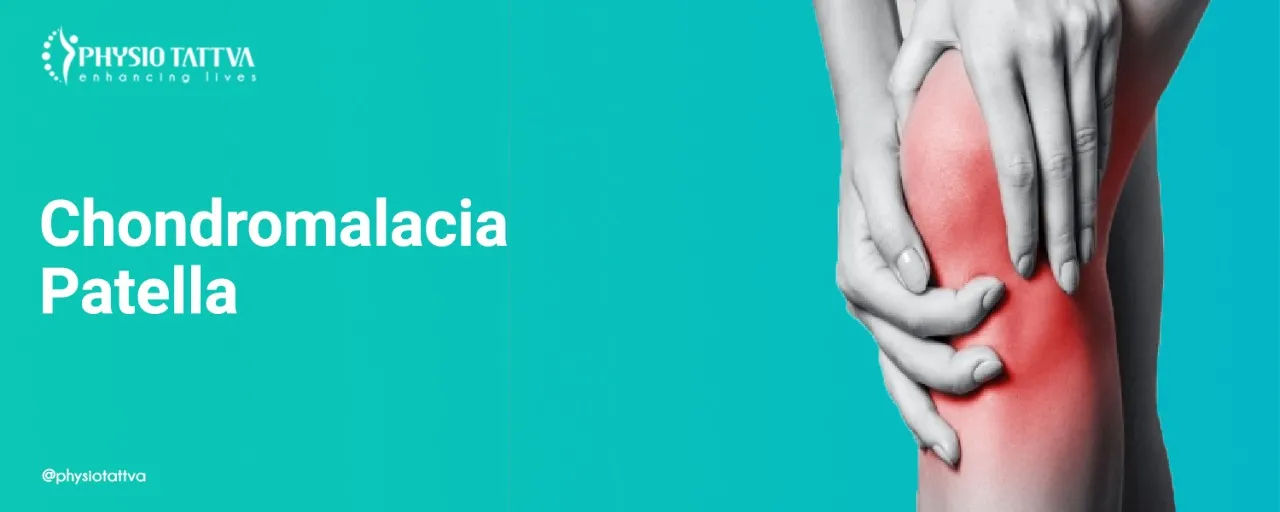
.webp)



.webp)
.webp)

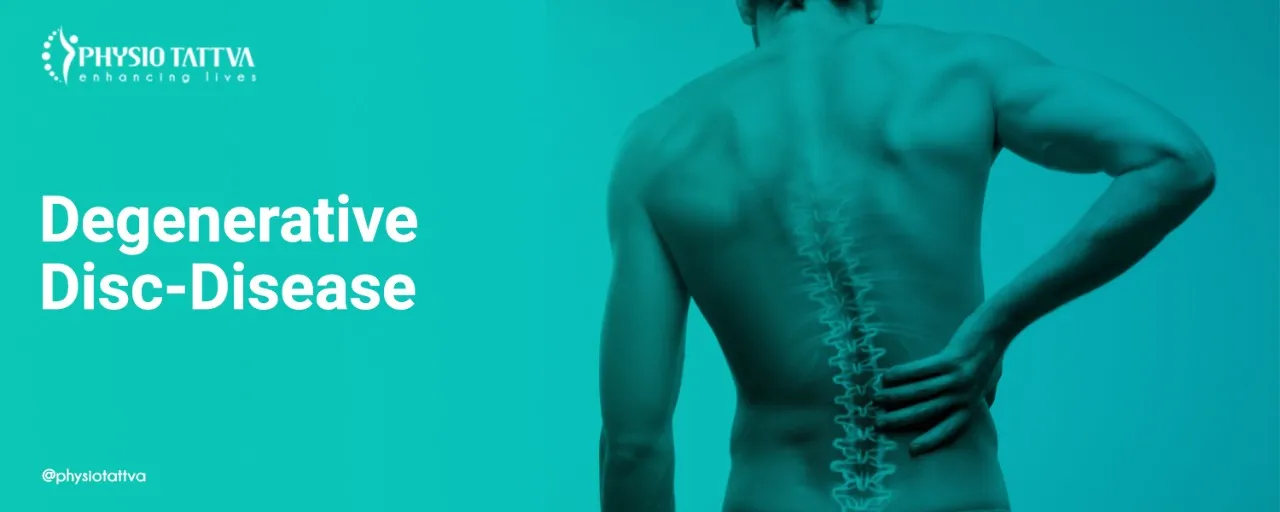





.png)





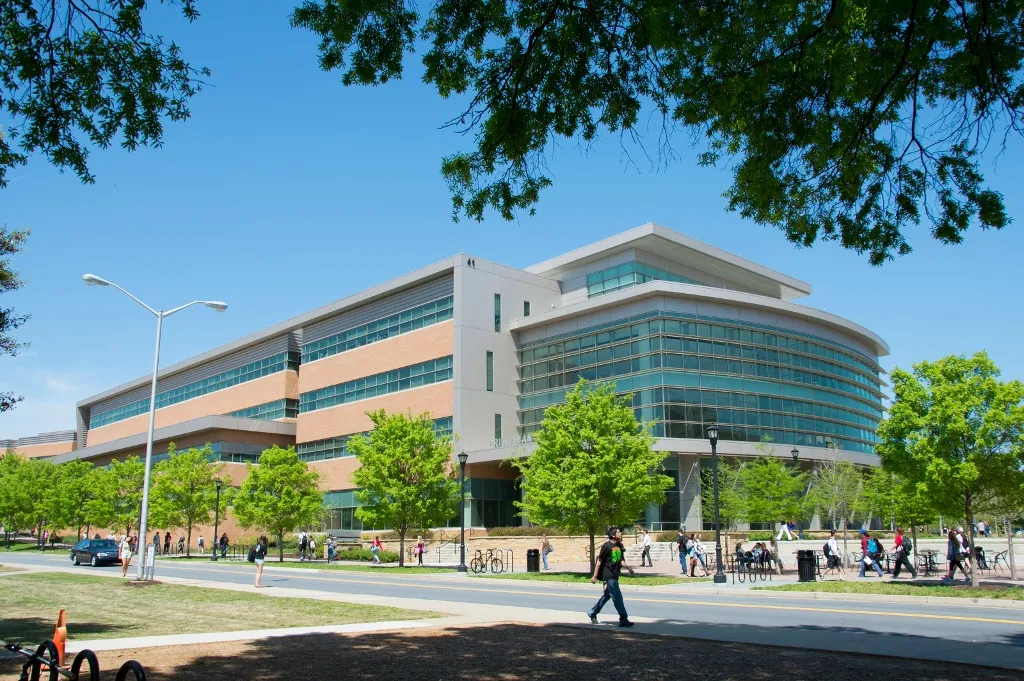



%20(1)-p-3200.jpeg)


.jpg)
.webp)
.webp)
.webp)
.webp)
.webp)


